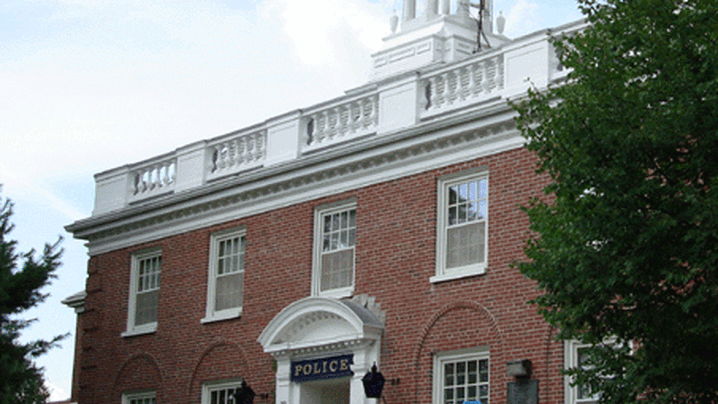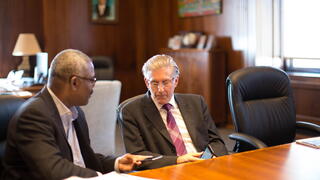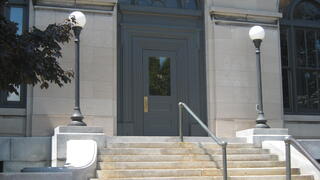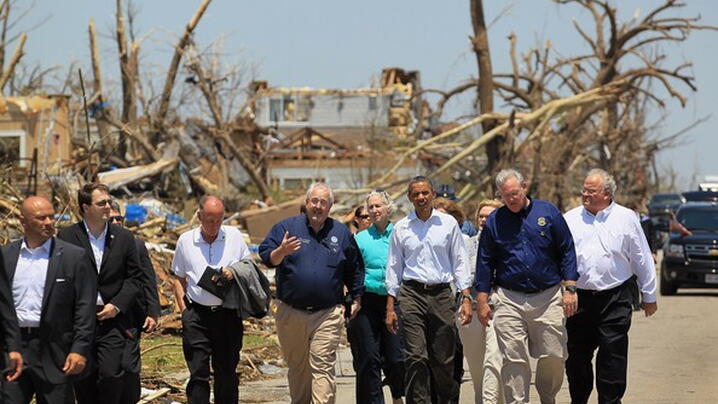Charlotte has undertaken several racial equity processes designed to improve community service delivery, including the ongoing use of a racial equity lens for city programs.

I have the unfortunate (but correctable) habit of wading into projects—even my own—at step four or five and expecting the world to catch up with me. I have learned fairly recently that starting at step one often isn’t early enough, and that starting at Step Zero is the best predictor of success. Labeled by our…
The City of San Antonio continues to use and update its visioning plan, SA2020. The city is making progress on school graduation rates, per capita income, health care access, and teen birth rates.
Women and people of color are among the municipal leaders throughout Kershaw County. In all plans, projects and services, Kershaw County strives to accurately reflect residents and businesses.
Stockton’s efforts to build a culture of engagement have resulted in community-based programs and systems that are healing decades of trauma for individuals and communities, empowering students who have been historically marginalized and providing new pathways to higher education.

In this ICMA University workshop, prepare to discuss the key elements to making the council-manager relationship successful.
Following are FAQs concerning the process of obtaining ICMA Recognition for a local government chief appointed official position.

Two longtime supporters of ICMA and the Florida City/County Management Association offer tips and tricks for implementing a successful form-of-government campaign.

As many communities prepare for hurricane season, we are reminded that preparation is key. Yet, despite the devastation and destruction, a number of success stories have come out of these crises. Following are some of the best and most inspirational from the Life, Well Run archives: Philadelphia benefited greatly from its extra investment to leverage its 311…
